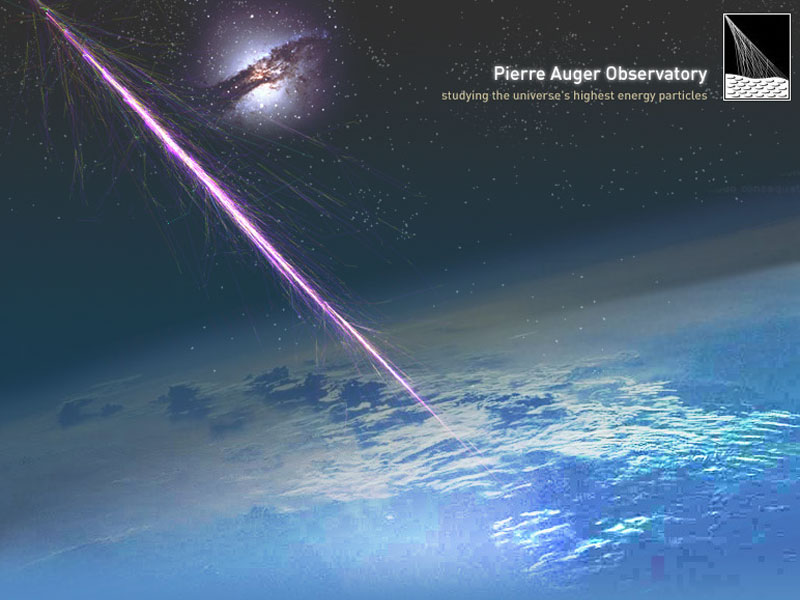

Every second, about 34 cosmic rays from the Sun (and some from distant supernovae) zip through your body. That’s 3 million cosmic rays penetrating you a day. Typically, we are totally oblivious, unaware of the stunning particle symphony enveloping us. However, we can make that all change.
First-What is A Cosmic Ray?
Cosmic rays are made up of high-energy charged particles that come from extremely energetic cosmic events that blow apart atoms. These events send hydrogen and helium nuclei, electrons, and even the very special muons zipping towards us at nearly the speed of light. Examples of such events include solar flares and supernovae. Like a constant particle rain, they pour down on Earth. These particles can cause mutations when they hit DNA. Fortunately, Earth’s magnetic field protects much of the Earth from the full brunt of cosmic rays.
Second-How Your Phone Can Detect Them
Now, with a simple app addition, you can turn your Android phone (fear not, other smartphone brands will probably have this ability in the not-too-distant future) into a cosmic ray detector. That’s right, your phone can capture the light particles created when cosmic rays crash into Earth’s atmosphere.
As previously noted, as the cosmic rays smash into our planet, they create a virtual shower of secondary particles. Here, the notable ones are the muons. These are important because Smartphone cameras use silicon chips that work because of the “photoelectric effect.” As a result of this effect, when a particle of light (or muon) strikes a silicone surface, it releases an electric charge. Consequently, when one of the muons that are created by cosmic rays strikes the semiconductor in a smartphone camera, it liberates an electric charge and creates a signature in pixels that can be logged, stored, and analyzed. And the events logged on your phone may sometimes be matched to cosmic phenomena detected by other, more sophisticated observatories and experiments.
Justin Vandenbroucke, a University of Wisconsin-Madison assistant professor of physics, explains: “The apps basically transform the phone into a high-energy particle detector. It uses the same principles as these very large experiments.”
Of course, pocket cosmic ray detectors like these are unlikely to overtake the large, sophisticated detectors astrophysicists use; however, if enough people put idle or old cellphones to use to capture muons, the project initiated by Vandenbroucke could one day evolve into a meaningful “citizen science” project. “It would be great to get students and the public interested in gathering data and understanding the particles around them, things they ordinarily don’t get a chance to see,” says Vandenbroucke.
Third-Where To Get It & How To Use It
The project is known as DECO for Distributed Electronic Cosmic-ray Observatory, and it is supported by grants from the American Physical Society as well as the Knight Foundation and the Simon-Strauss Foundation. You will need to download the DECO app and cover the phone’s camera lens with duct tape. The phone can then be placed screen up just about anywhere (even in a car or computer desk, as muons can penetrate matter much like X-rays).
The DECO app analyzes the image, and if enough pixels light up, it gets recorded as an event. Particle tracks from both cosmic rays and radioactivity in the environment can be recorded. The DECO app platform also includes a data logger app that routes event information — time, location and observations — to a central database
You need two apps to run DECO: the data logger (download) and the DECO app (download)
For more details on how to run and use the app, consult this page (it’s the second item).